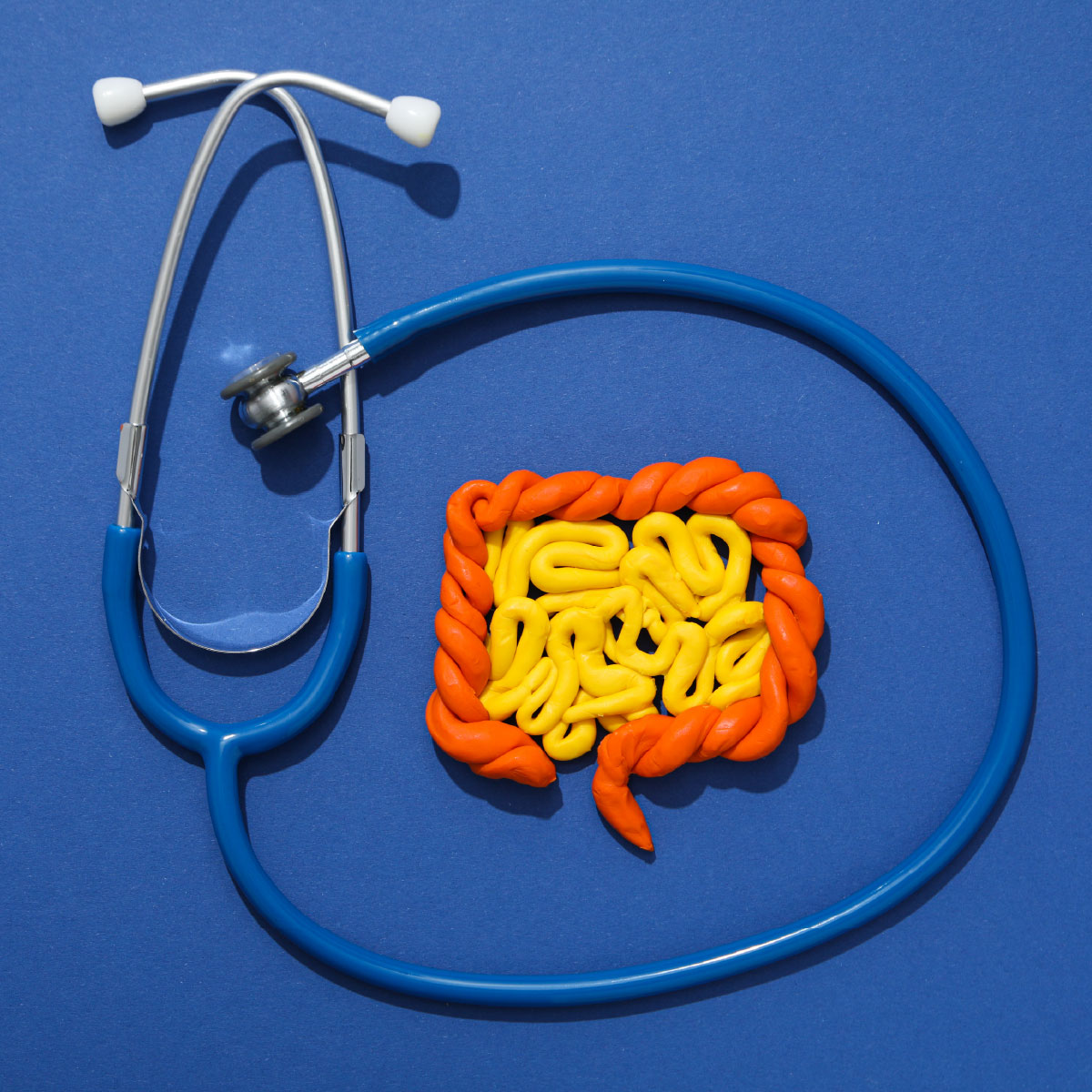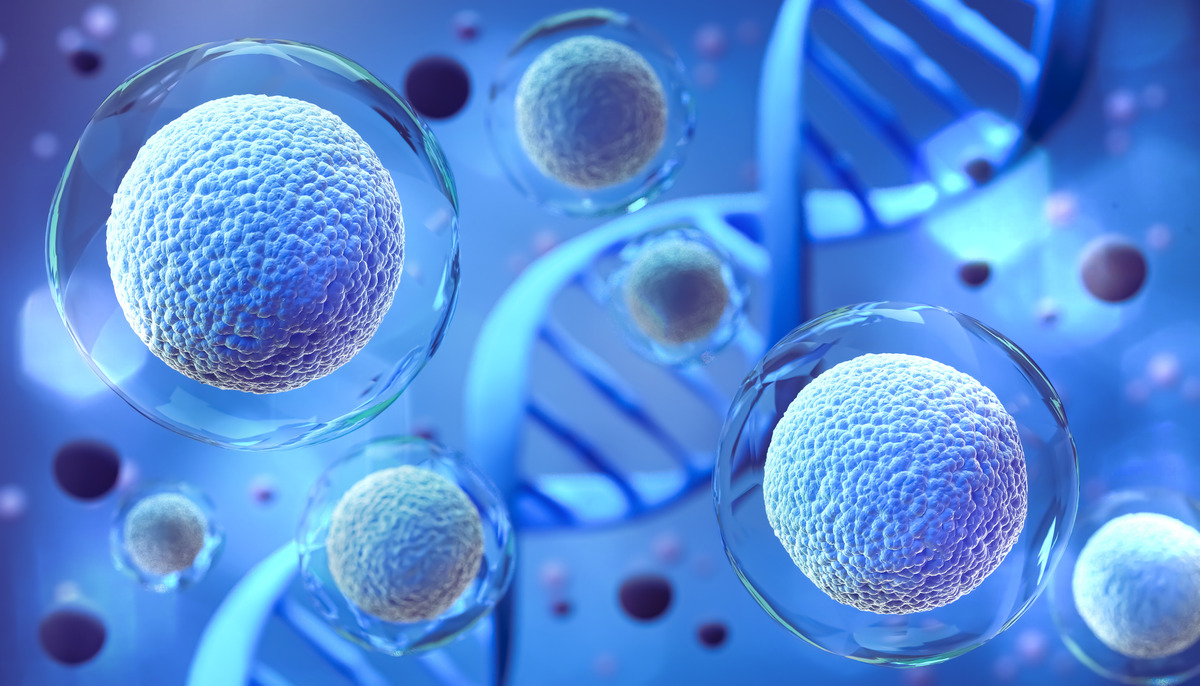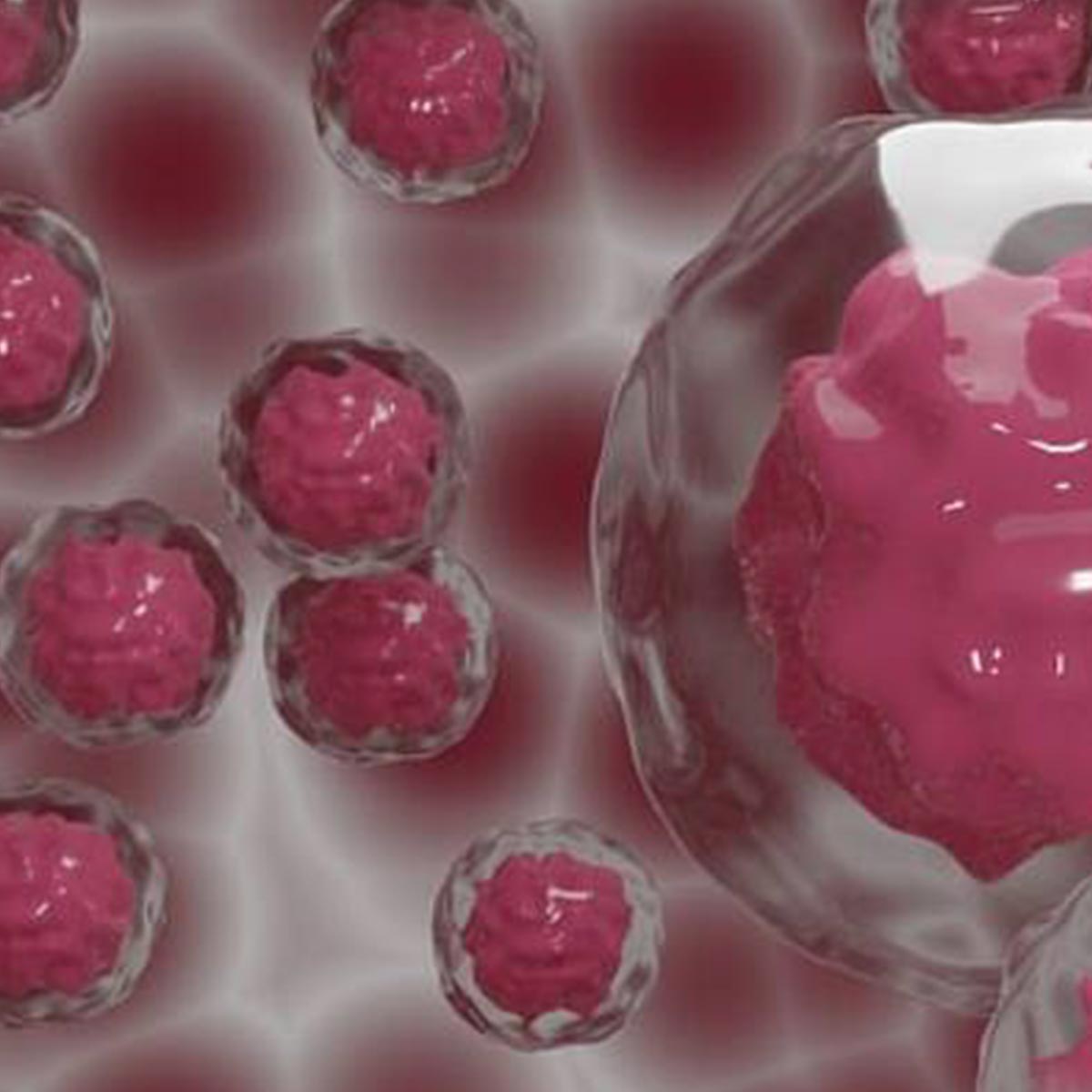How Do Cord Blood Stem Cells Treat Crohn’s Disease?

With the evolution in regenerative medicine, cord blood or stem cells have become a source of hope for curing diseases whose symptoms can only be managed with current medical science.
Doctors have already successfully used stem cell therapy to treat blood illnesses like leukemia and lymphoma. Now, cord blood stem cells provide numerous health benefits, including the ability to treat Crohn's disease. Let’s understand cord blood banking can help family members find a cure for Crohn’s Disease.
Is Crohn’s Disease Curable?
Crohn's disease is an inflammatory disorder affecting several digestive tract sections. Symptoms include severe abdominal pain, diarrhea, lethargy and fatigue, appetite loss, and, in some cases, anemia.
Crohn's disease is a lifelong ailment, and the underlying reasons remain unknown. Unfortunately, there isn't a cure for Crohn's disease yet. The available treatments aim to reduce inflammation and manage symptoms through medication, which works about 40-60% of the time. In some cases, surgery is needed to remove a part of the digestive system.
However, with the advent of regenerative medicine, there are chances that this disease can be cured and patients will find relief.
How Do Cord Blood Stem Cells Treat Crohn’s Disease?
Stem cells hold promise because they can divide and create new, healthy cells. They could help in treating Crohn's disease for several reasons. Certain stem cells release chemicals that reduce inflammation and help repair the intestinal lining damaged by the disease.
The majority of stem cell treatments for Crohn's disease are still experimental. Although there is cause to be optimistic, this therapy has not been examined in enough patients to demonstrate that it helps. So far, stem cell therapy has reduced inflammation, helped the intestines recover, and improved people's quality of life with Crohn's disease.
The researchers have found that human umbilical cord mesenchymal stem cells (HUC-MSCs) seemed to increase the activity of genes that help maintain the intestinal epithelial barrier. This mucus layer controls how contents like enzymes, food particles, bile, and bacteria interact with the immune system. At the same time, these stem cells reduced the activity of genes related to inflammation. In simple terms, this implies that the use of stem cells helped reduce inflammation and strengthened the intestinal barrier, addressing two major issues in Crohn’s disease.
Final Words,
Stem cells, notably MSCs and ASCs, are emerging as potential treatments for Crohn’s Disease. More crucially, clinical trials sought to evaluate the efficacy and safety of stem cell therapy for CD-related fistula rather than luminal mucus regeneration, which is the disease's primary pathogenic cause.
Stem cells collected from a baby’s umbilical cord are deemed to be most effective because they are new and haven’t matured with time. That’s why, if you have the chance, it is best to bank stem cells because these stem cells have a 100% match with the baby and a 25% match with their siblings. Talk to Cryoviva experts to know more about stem cell banking and preservation.






 Enquiry
Enquiry
 Email
Email Phone
Phone
 Whatsapp
Whatsapp